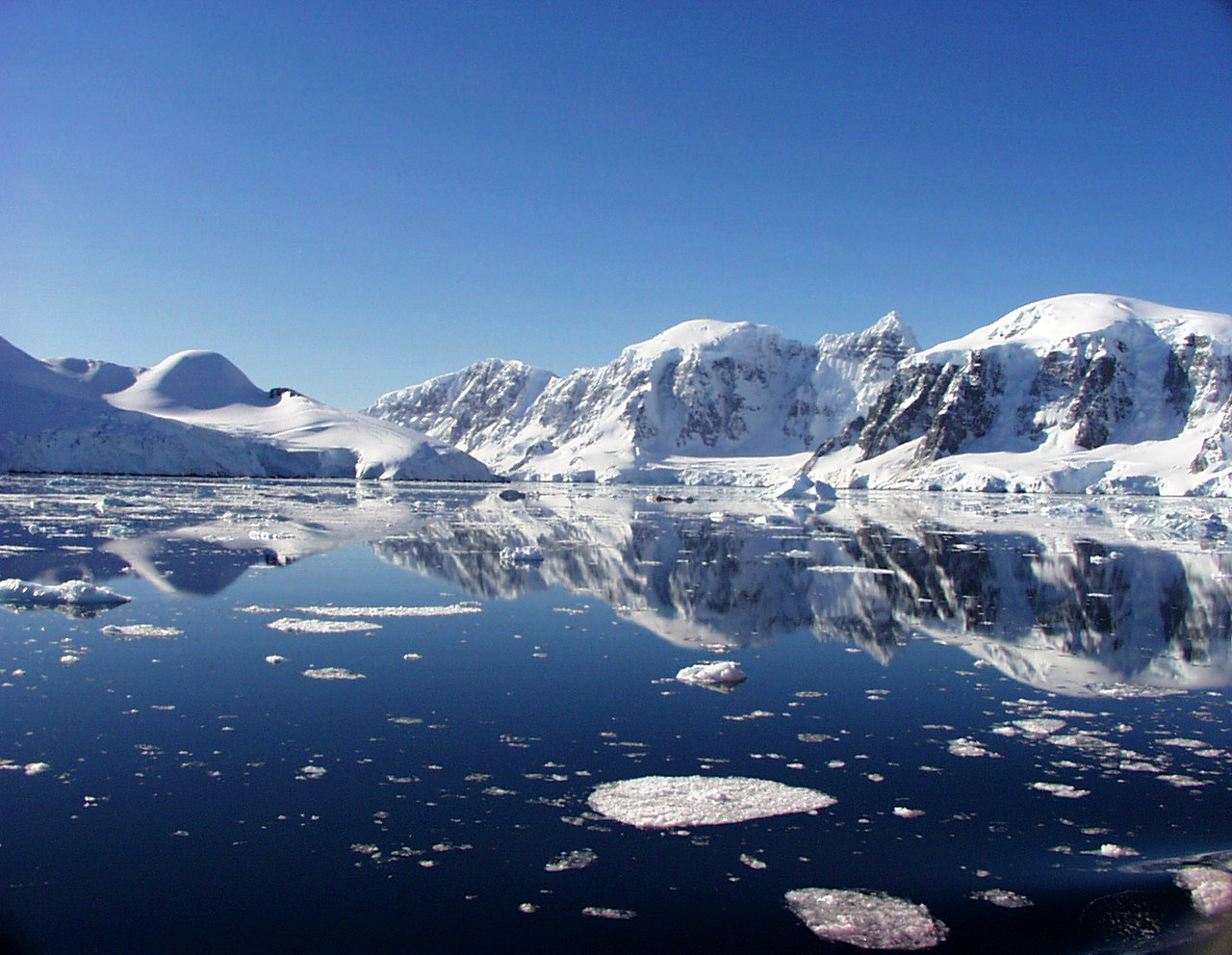During the last 40 million years, the Southern Ocean has experienced dramatic, episodic cooling events that caused local extinction of numerous marine species. However, one group of fish, the bottom-dwelling notothenioids, thrived as this ocean became colder due to their evolved ability to produce antifreeze proteins. The ability to resist freezing facilitated the adaptive radiation of the notothenioids into the water column, where they occupied the many niches that had been vacated by other fish groups. MSC Professor H. William Detrich and colleagues investigated the adaptive radiation of these fish, particularly as it relates to their head shape and foraging niche, and made some interesting discoveries.
Recently published in the journal BMC Evolutionary Biology, the study used 3D morphometrics to examine the skull structure of 30 different notothenioid species in relation to their foraging niches. They found that head shape and foraging niche are correlated, with wider-skulled, shorter-jawed fish feeding at the bottom of the ocean and narrower-skulled, longer-jawed fish feeding in the water column.
Furthermore, the researchers found that several of these skull-related traits are integrated, meaning that they evolve as a unit. Cranial trait integration was most pronounced in Antarctic icefish, the notothenioid clade of 16 species that lacks hemoglobin and red-blood cells. The researchers hypothesize that the high level of trait integration in this group facilitated their rapid diversification into pelagic feeding habitats. This is especially notable because there are many more examples of integration hindering evolutionary potential rather than promoting it.
As the work of Dr. Detrich (and other Antarctic marine biologists) illustrates, the Antarctic notothenioids are evolutionary marvels. They are a rare example of an adaptive radiation in a marine environment, they have evolved novel traits such as antifreeze proteins, and some of them – the icefish – have lost hematological traits (red cells, oxygen transport proteins) that are essential for life in all other vertebrates. Trait integration as a key innovation that accelerates morphological evolution and ecological expansion is the latest evolutionary surprise to emerge from study of these remarkable fish, and Dr. Detrich anticipates that many more are waiting to be discovered.

